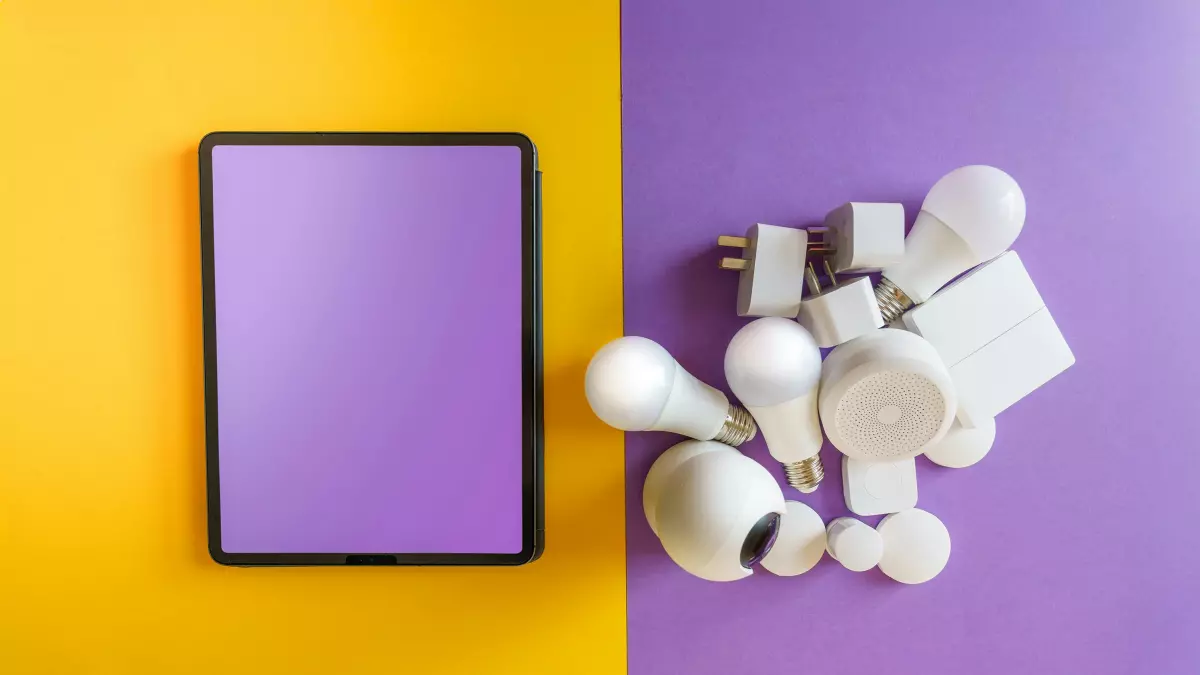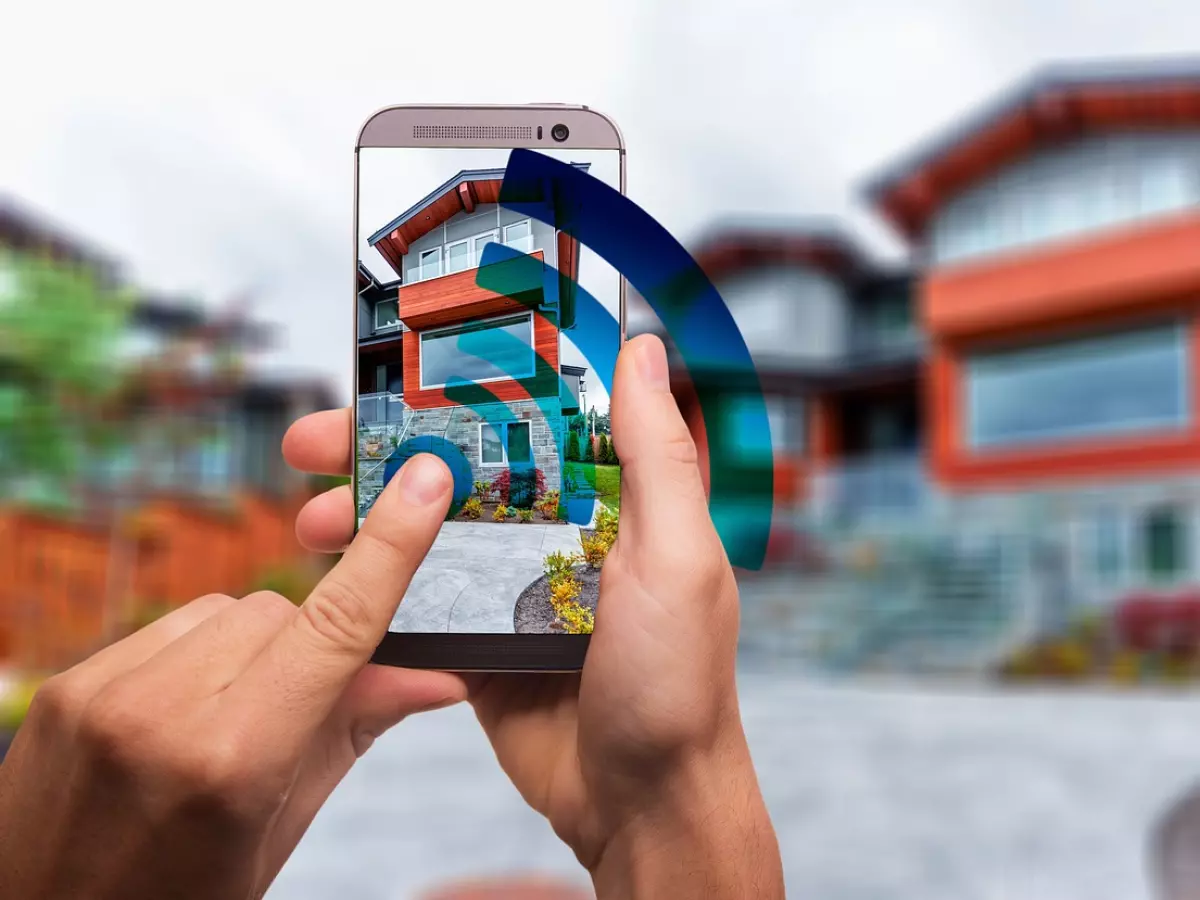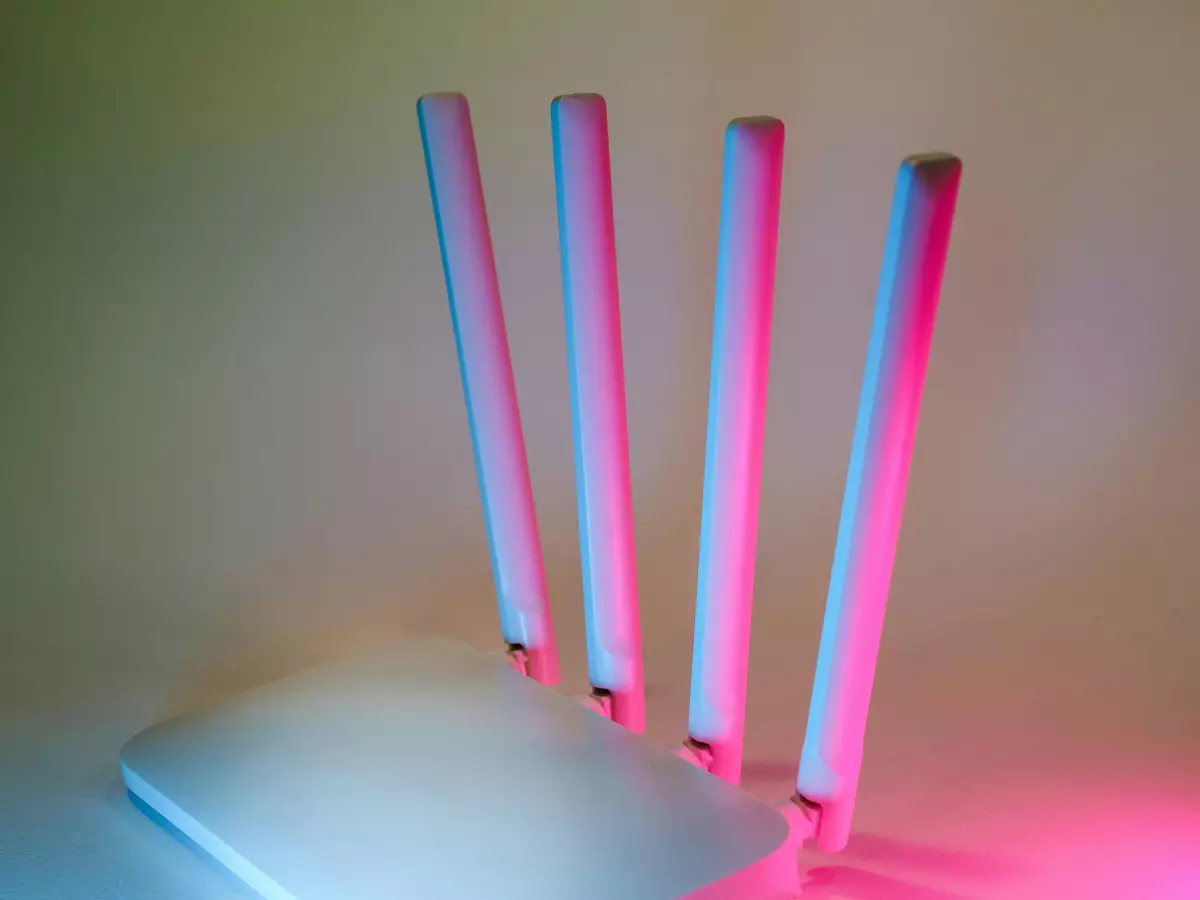Smart Home Energy
Picture this: You’re sitting on your couch, sipping coffee, and your smart home is humming along, adjusting the thermostat, dimming the lights, and even brewing your next cup. But here's the kicker—your energy bill is lower than ever. How? Well, that’s the magic of energy-efficient smart home devices.

By Hiroshi Tanaka
Smart homes are no longer a futuristic concept. They’re here, and they’re transforming the way we live. But as we fill our homes with smart gadgets, one question keeps popping up: How do these devices impact our energy consumption? Are we saving energy, or are we just adding more devices to the grid? Let’s dive into the world of smart home energy efficiency and find out how your smart home can be both high-tech and eco-friendly.
Why Energy Efficiency Matters
First things first—why should you care about energy efficiency in your smart home? Well, for starters, energy-efficient devices can significantly reduce your electricity bill. But it’s not just about saving money. It’s also about reducing your carbon footprint. With climate change becoming a pressing issue, every kilowatt-hour saved counts.
Smart home devices are designed to make your life easier, but they can also be energy hogs if not optimized properly. That’s where energy efficiency comes into play. By choosing devices that use low-power protocols and smart energy management systems, you can have the best of both worlds—convenience and sustainability.
Low-Power Protocols: The Unsung Heroes
Let’s talk about the backbone of energy-efficient smart homes: low-power protocols. These are the communication standards that allow your devices to talk to each other without draining too much energy. Some of the most popular low-power protocols include:
- Zigbee: Known for its low energy consumption, Zigbee is a popular choice for smart home devices like lights, sensors, and thermostats. It operates on a mesh network, which means devices can communicate with each other without relying on a central hub.
- Z-Wave: Another low-power protocol, Z-Wave is often used in security systems and smart locks. It operates on a different frequency than Wi-Fi, which helps reduce interference and energy consumption.
- Thread: A newer player in the game, Thread is designed specifically for smart home devices. It’s low-power, secure, and scalable, making it a great choice for energy-conscious homeowners.
These protocols are designed to minimize energy usage while maintaining reliable communication between devices. So, when you’re shopping for smart home gadgets, keep an eye out for devices that support these low-power protocols.
Smart Energy Management Systems
Now, let’s talk about the brains behind the operation—smart energy management systems. These systems allow you to monitor and control your energy usage in real-time. Think of them as the command center for your smart home’s energy efficiency.
Some smart energy management systems can even learn your habits and adjust your devices accordingly. For example, if you usually leave the house at 8 a.m., your smart thermostat can lower the temperature automatically, saving energy while you’re away. Similarly, smart lighting systems can turn off lights in rooms that aren’t being used.
But it doesn’t stop there. Some systems can also integrate with your utility company, allowing you to take advantage of time-of-use pricing. This means you can schedule energy-intensive tasks, like running the dishwasher or charging your electric car, during off-peak hours when electricity is cheaper.
Interoperability: The Key to Efficiency
One of the biggest challenges in creating an energy-efficient smart home is ensuring that all your devices can communicate with each other. This is where interoperability comes into play. Simply put, interoperability is the ability of different devices and systems to work together seamlessly.
When your devices can communicate efficiently, they can work together to optimize energy usage. For example, your smart thermostat can talk to your smart blinds to adjust the temperature based on the amount of sunlight coming into your home. Or your smart lighting system can sync with your security cameras to turn on lights when motion is detected.
To ensure interoperability, look for devices that support multiple protocols, like Zigbee, Z-Wave, and Thread. Some smart home hubs, like Samsung SmartThings or Apple HomeKit, are designed to act as a bridge between different devices and protocols, ensuring that everything works together smoothly.
Energy-Saving Tips for Your Smart Home
Now that you know the basics of smart home energy efficiency, let’s talk about some practical tips to make your home even greener:
- Use Smart Plugs: Smart plugs allow you to control non-smart devices remotely. You can schedule them to turn off when not in use, saving energy.
- Optimize Your Thermostat: Set your smart thermostat to adjust the temperature based on your schedule. You can also use geofencing to automatically lower the temperature when you leave the house.
- Turn Off Standby Devices: Many smart devices consume energy even when they’re not in use. Use smart plugs or power strips to cut off power to these devices when they’re not needed.
- Monitor Your Energy Usage: Use a smart energy management system to track your energy consumption in real-time. This will help you identify energy-hogging devices and make adjustments accordingly.
- Take Advantage of Natural Light: Use smart blinds or curtains to let in natural light during the day, reducing the need for artificial lighting.
The Future of Smart Home Energy Efficiency
The future of smart home energy efficiency looks bright—literally. As technology continues to evolve, we can expect to see even more energy-efficient devices and systems. For example, solar-powered smart devices are already starting to hit the market, offering a renewable energy source for your smart home.
Additionally, advancements in AI and machine learning will allow smart homes to become even more efficient. Imagine a home that can predict your energy needs and adjust accordingly, without you lifting a finger. That’s the future we’re headed towards.
So, whether you’re a tech enthusiast or just looking to save a few bucks on your energy bill, investing in energy-efficient smart home devices is a win-win. Not only will you enjoy the convenience of a smart home, but you’ll also be doing your part to protect the planet.





